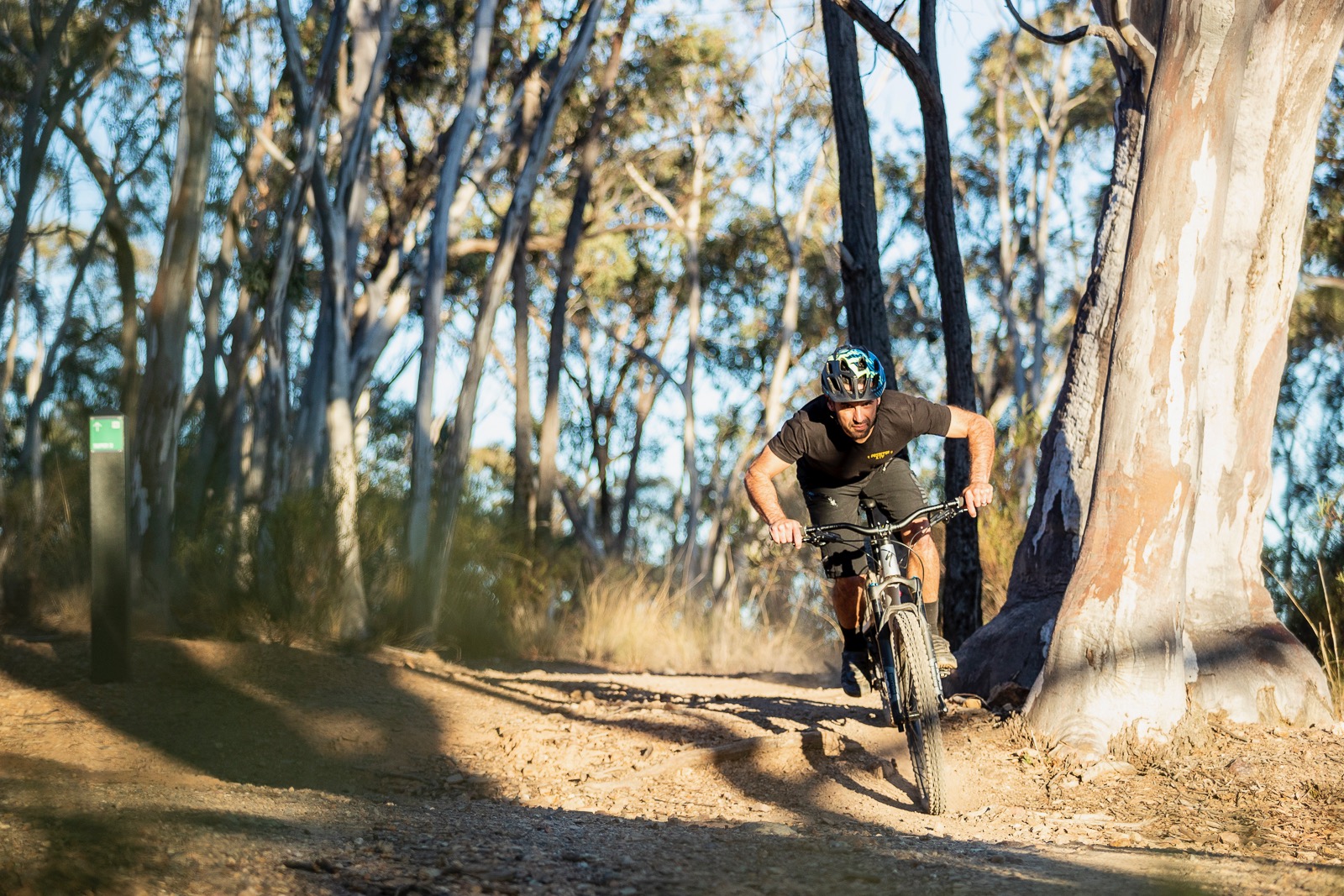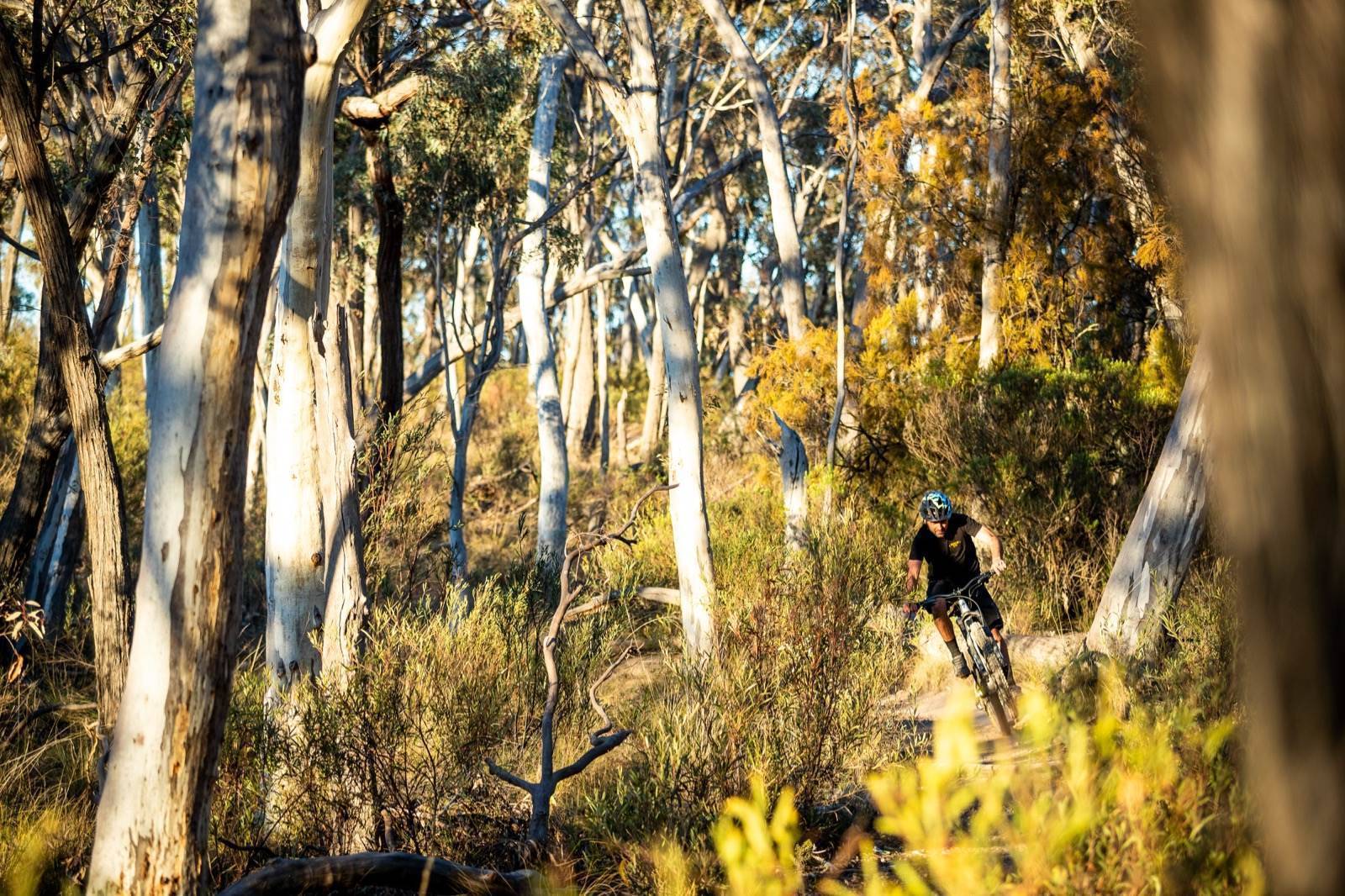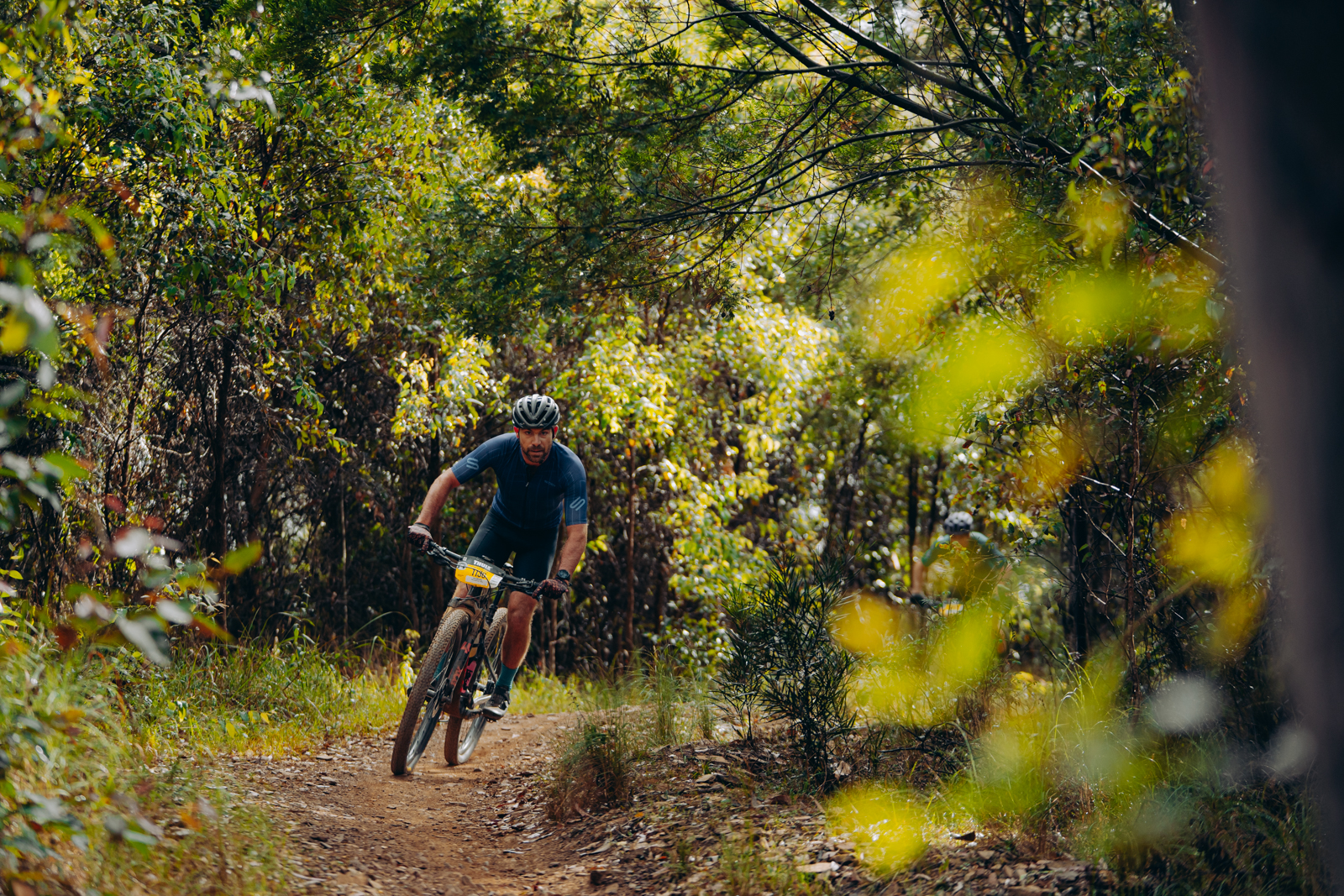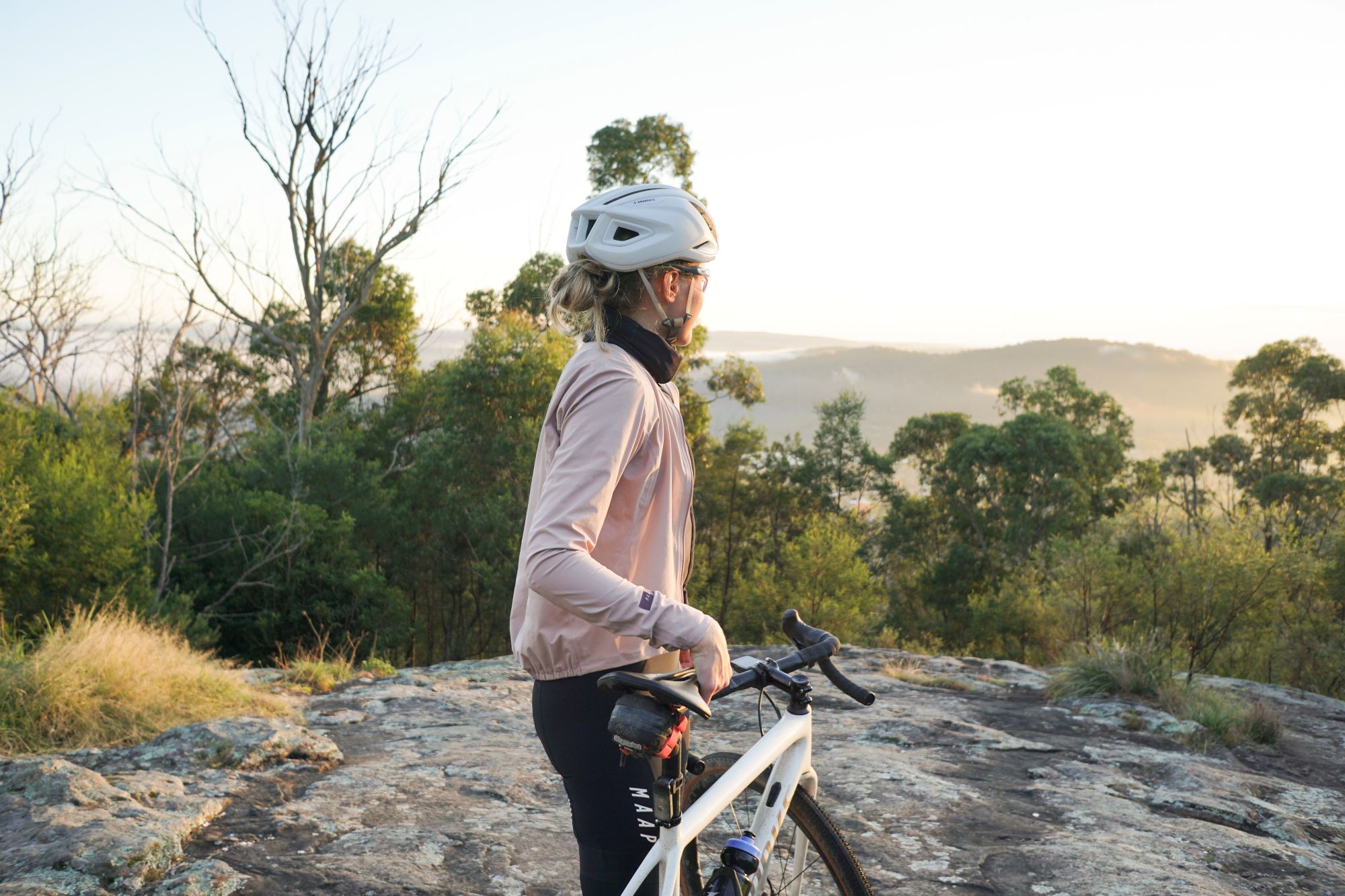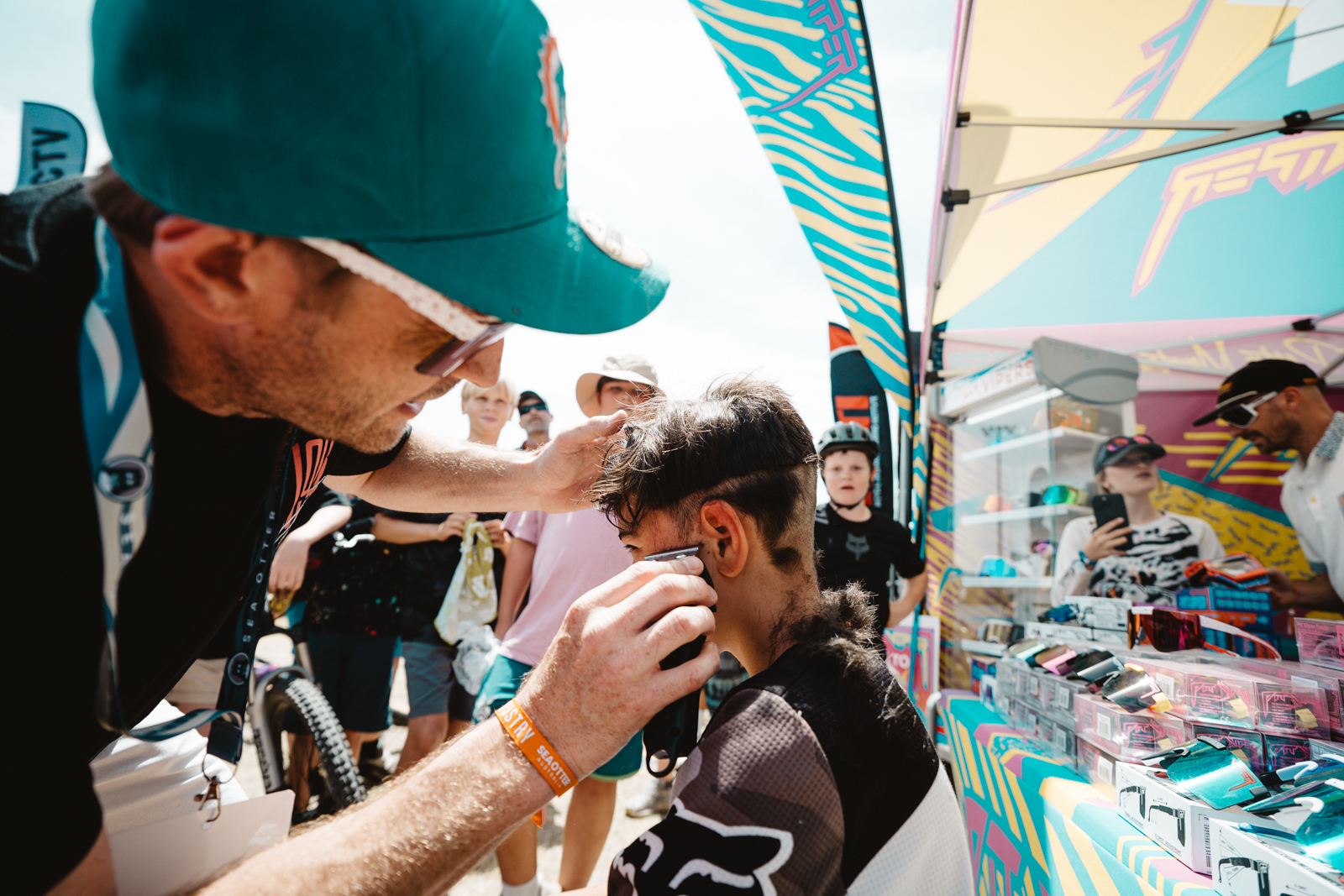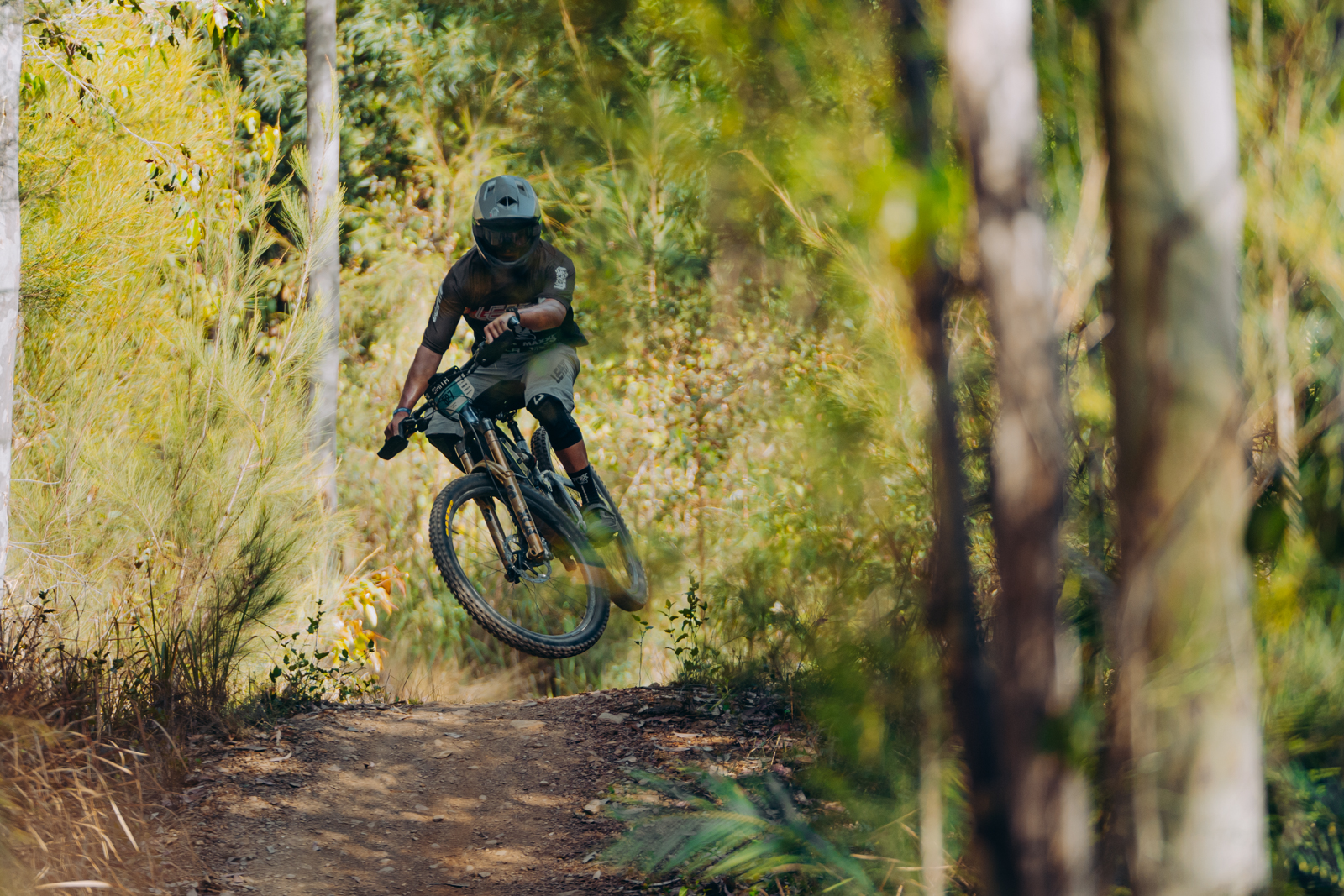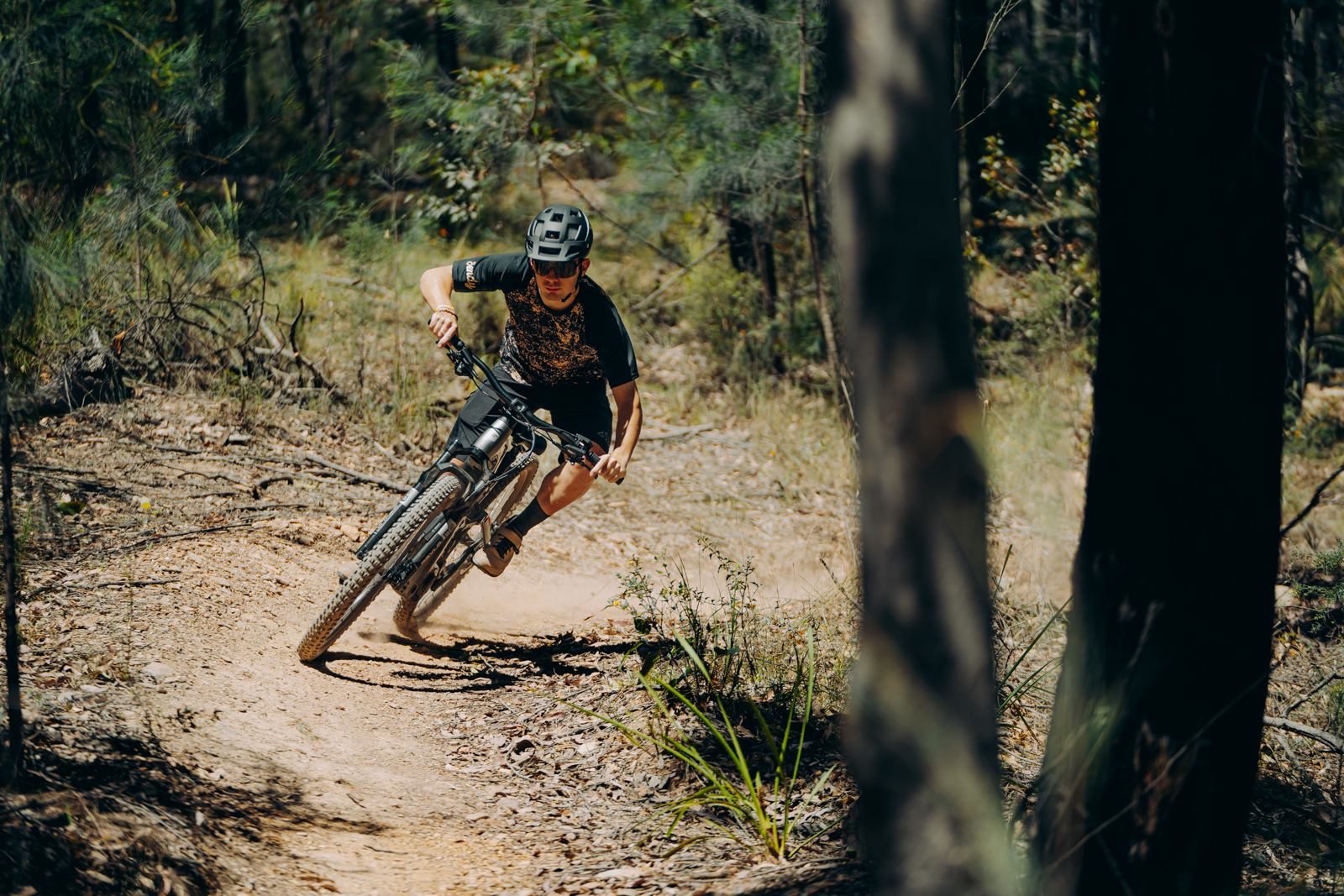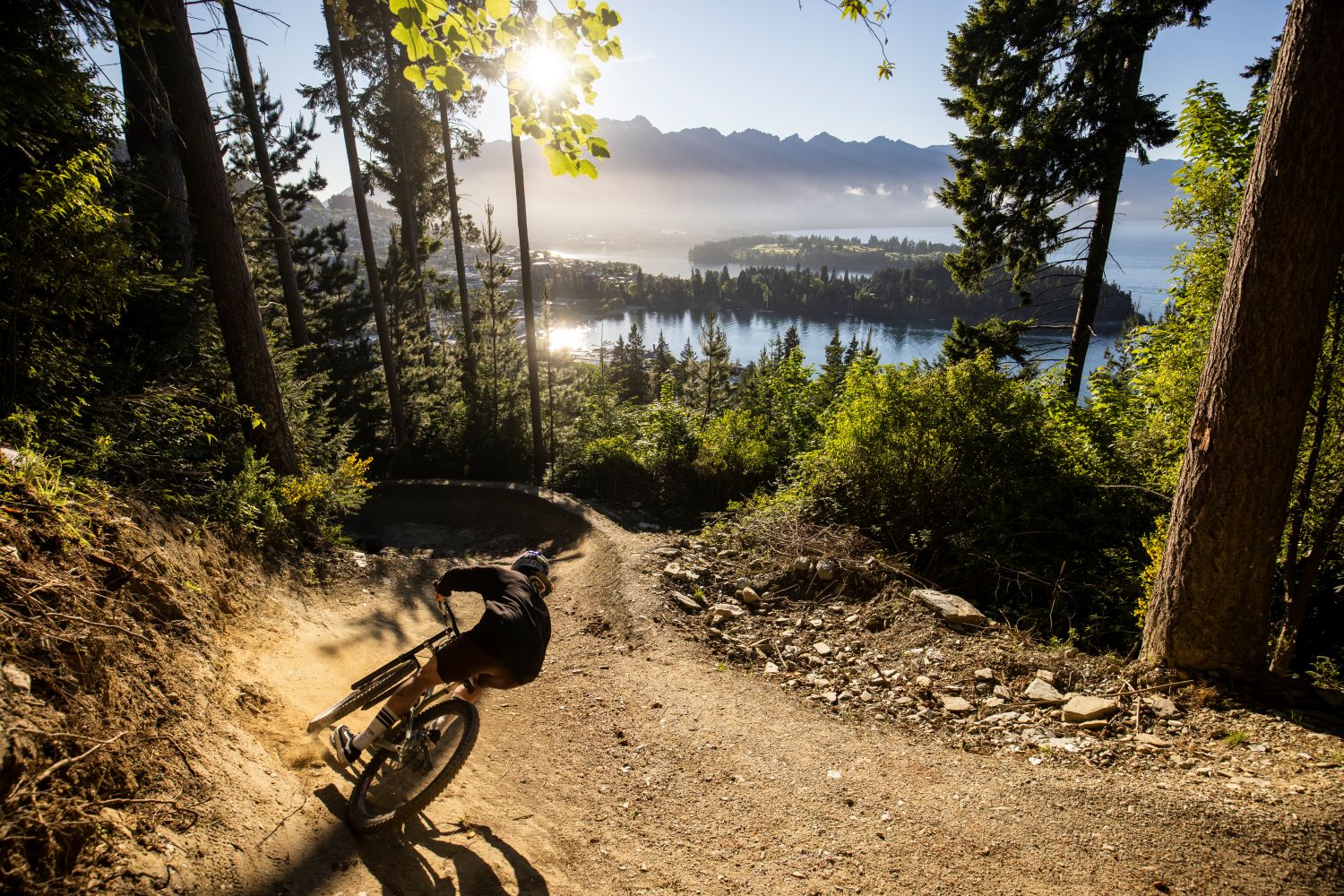Skills: The Five Best Tips to Improve Your Riding
Here are 5 tips to improve your mountain biking!
Words: Jared Rando Images: Nick Waygood
Mountain biking is relatively easy to learn, but takes years, or even decades to master. For some it comes naturally and with little effort and for others it’s a long learning curve. Through my time spent racing and coaching, it always seems that there’s a handful of key, fundamental aspects of riding which stand out, no matter what style of riding of what level of rider you are. So, to sum up what I feel are the most important five, here they are in no particular order. Keep them in the back of your mind when you’re riding and hopefully it will help you progress.
Tip 1 – Look up and where you want to go
For me, this is the golden rule of riding. Always look where you want to go and never look where you don’t want to go. It seems basic but there’s two parts to it. Looking where you want to go is a no brainer but don’t lose your focus. The key part is to look up and beyond of where you want to go. The further ahead you can look, the better off you’ll be. Take note of where your focus is on the trail and try to look beyond that. Have a look at any images of the world’s best gravity racers in action and you’ll soon figure it out. These guys look well ahead and need to at the speeds they are travelling. The further ahead you can look, the quicker you can anticipate what’s coming up and you can ride not only faster but much safer as well.
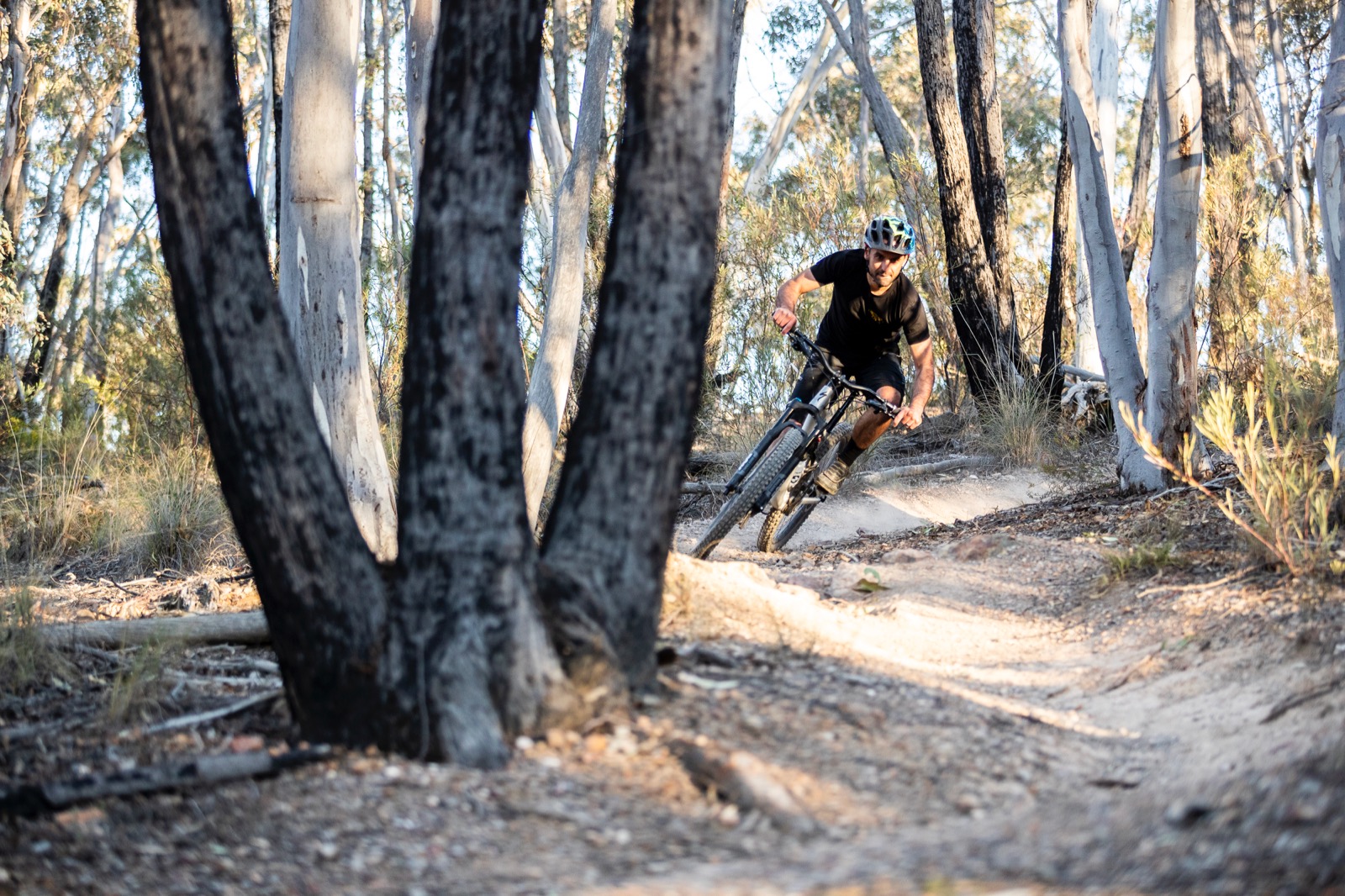
Tip 2 – One finger braking
OK, so this one is more for beginners but if you’ve been riding for any longer than 6 months and brake with 2 fingers it’s time to stop! Disc brakes these days are insanely powerful – even at the entry level. Braking with one finger gives you better control of the brakes and gives you strength where it’s needed the most; and that’s holding onto your bars. The correct setup for your brakes is critical for riding and there’s a bunch of info available about how to do it right. Take the time to try some different options with your reach adjustment, lever angles and lever placement until you come up with a setup which works for you. You’ll be amazed at the difference this can make to your riding.
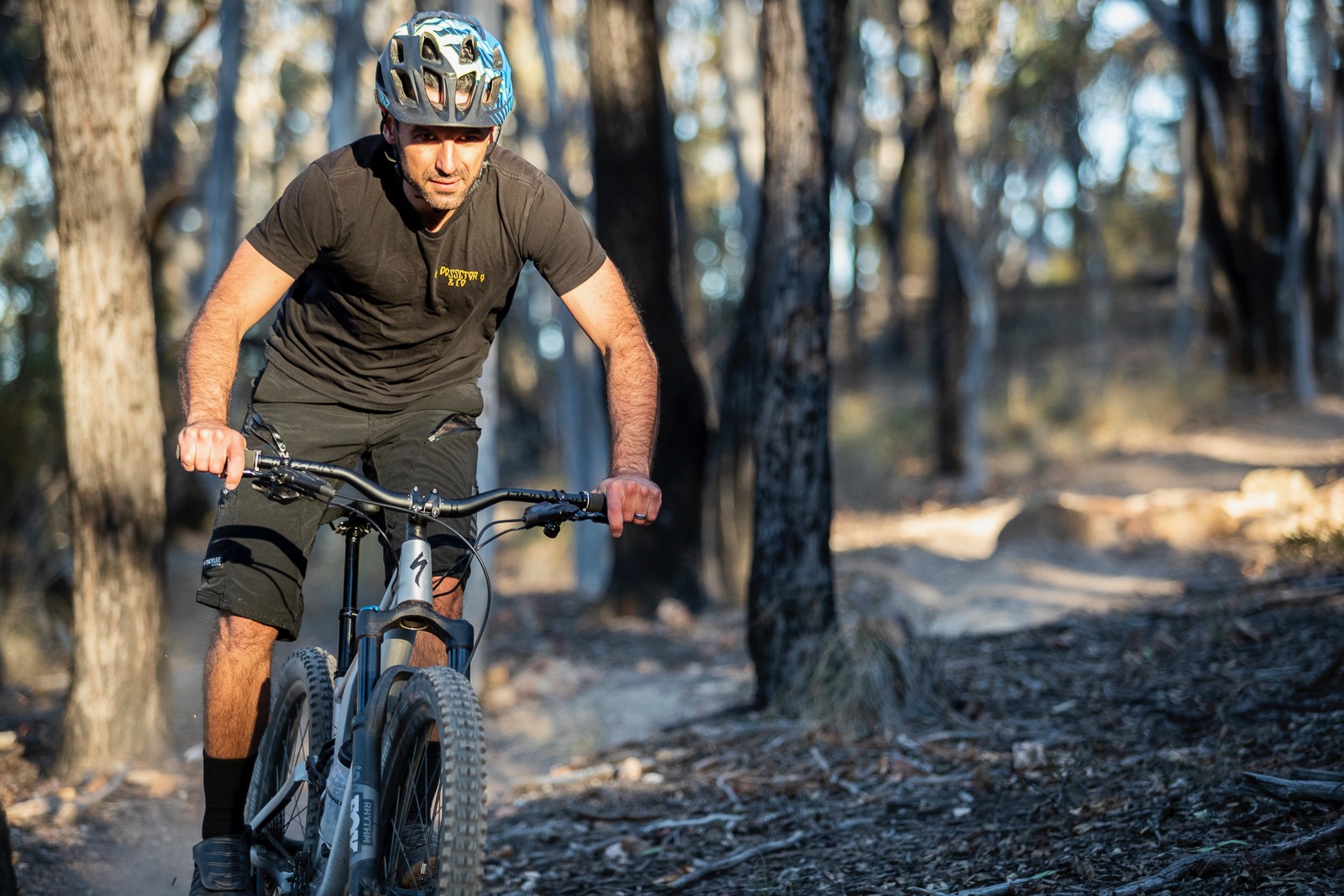
Tip 3 – Set up wide and brake early for turns
I know guys who have been working on their cornering for decades. Cornering a mountain bike is a fine art and definitely takes a long time to master. If I could give just one tip for cornering though, it would be to always look for the wide entry into any turn and brake early. A wide entry opens up the turn and allows you to hit the apex and exit earlier and ultimately carry more speed out. You’ll also find that on most trails it will get you out of the “main line” and away from braking ruts. Braking early also allows you to get off the brakes earlier and carry more speed out. Once again, the world’s best gravity racers will give you the best examples of this. Take the time to watch some World Cup DH racing to see how it’s done at its best!
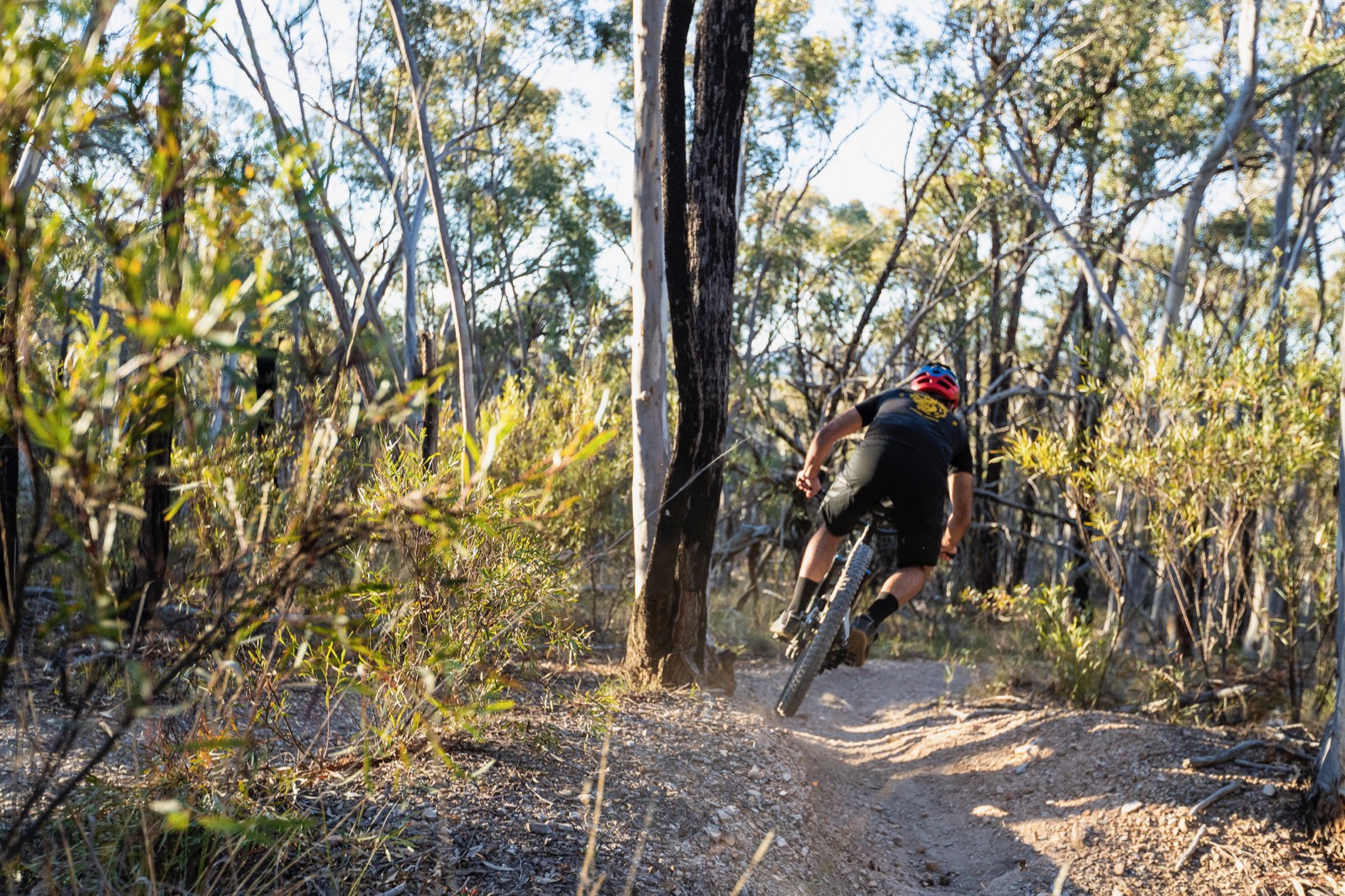
Tip 4 – Try a bigger gear for technical climbs
Any mountain biker out there has that one climb, that one little technical section, or that one pinch they just can’t seem to make it over. I still have sections on climbs I’m yet to conquer… If you have one of those sections, try a slightly bigger gear and a lower cadence. The lower cadence does a couple of things. Firstly, you’re less likely to spin out as you’re applying more torque. Secondly, if you need to get out of the saddle for a little extra power to get you up and over, once again, you’re less likely to spin out. And finally, the extra resistance makes it a little easier to balance on your bike as the harder gear gives you a slightly more solid platform to balance on and adjust your weight at low speeds. While it seems counter intuitive, in my books it’s a highly underrated and often overlooked aspect of conquering climbs.
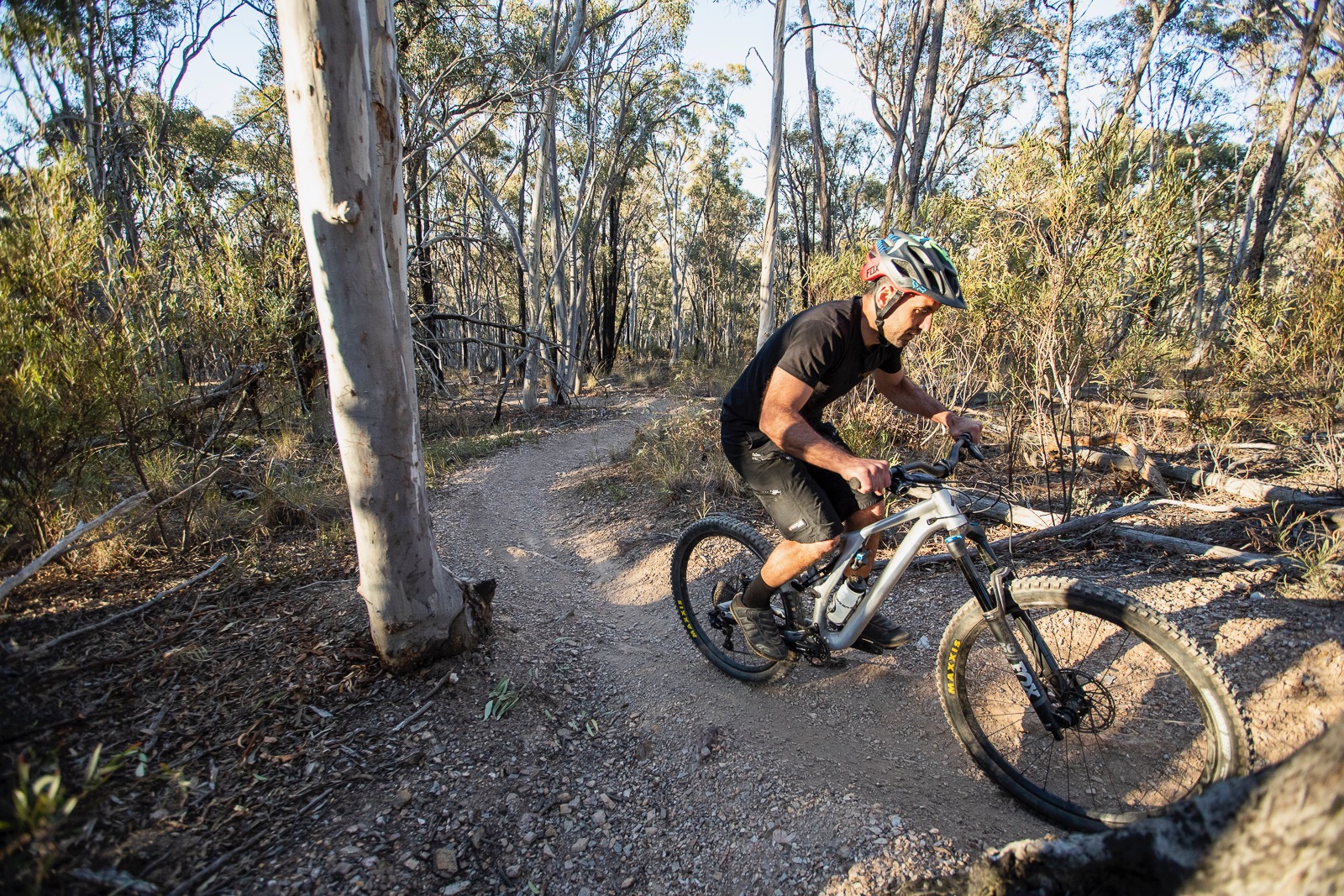
Tip 5 – Use the terrain to your advantage and ride with your legs
Using the terrain to generate speed is something the world’s best riders do incredibly well. Every bump, roller, drop, corner and jump can be used to generate speed and allow you to ride faster and more efficiently. Pump tracks are the best example of how terrain can be used and where the skill can be best practiced. Most importantly though, all that speed comes from pumping, and pumping is done predominantly with your legs. Pushing through with your legs is critical for traction in corners and to generate speed over rollers, bumps and jumps. One of the best things any rider can do is to spend time at a pump track or ride down trails without pedalling and focus on generating speed without pedalling. If you’re not familiar with it, you’ll be amazed at how much “free speed” there is on any trail once you focus on it.
